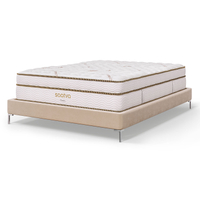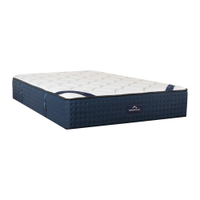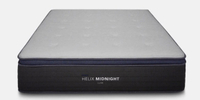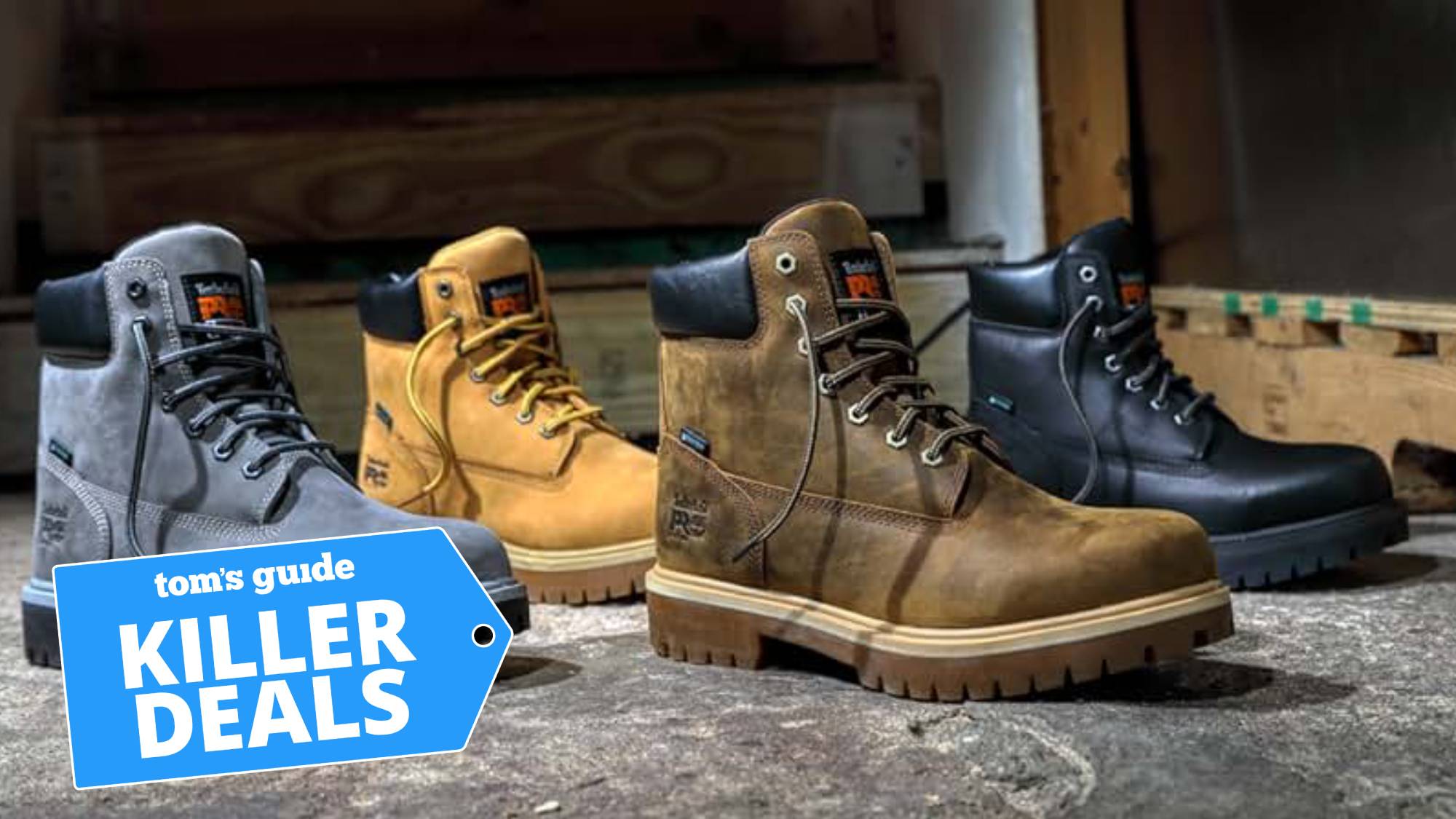Hybrid mattresses don’t need a box spring — here’s why and what to use instead
This is why we recommend skipping the box spring if you have a hybrid mattress
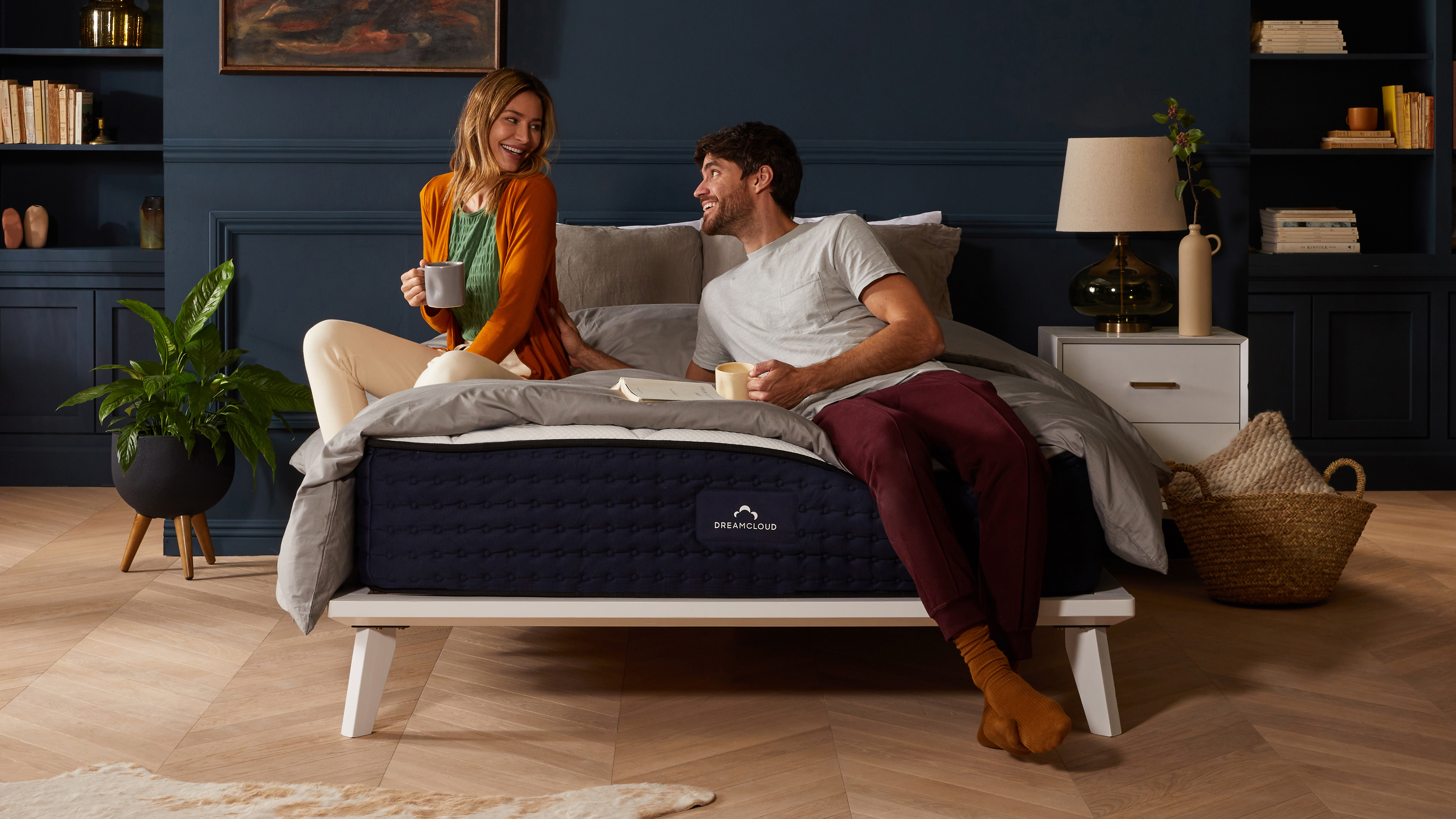
Box springs are still wildly popular and as hybrid mattresses grow in popularity too, it’s only natural that people might want to pair them together. But do hybrid mattresses need box springs or are they better suited to a different type of base?
The short answer is no, hybrid mattresses don’t need a box spring, for reasons we’ll explain in this article. Instead, we’d recommend pairing your hybrid with a platform or foundation to give it the support it needs without compromising its stability, performance and breathability.
A great deal of this year’s best mattresses for all sleepers are hybrid beds (a mix of foam and coils), and all of them perform much better when placed on anything but a box spring. Here’s what you need to know…
- Memory foam hybrid vs latex foam hybrid mattress: How to choose
What does a box spring do?
A box spring is a type of support for some mattresses. Box springs are essentially a wooden frame filled with springs that are then wrapped in protective fabric. A box spring is designed to be the same size as your mattress and should sit directly underneath it, with nothing between the mattress and the box spring.
A good quality box spring does the following:
- Acts as support for the mattress
- Improves airflow on some mattresses
- Keeps the mattress off the floor and increases the overall height of your bed
In addition to the above, a good quality box spring will absorb some of the shock from the mattress, helping it to last longer. On average, box springs last for around eight to ten years, which matches the average lifespan of a decent mattress.
Are box springs necessary for hybrid mattresses?
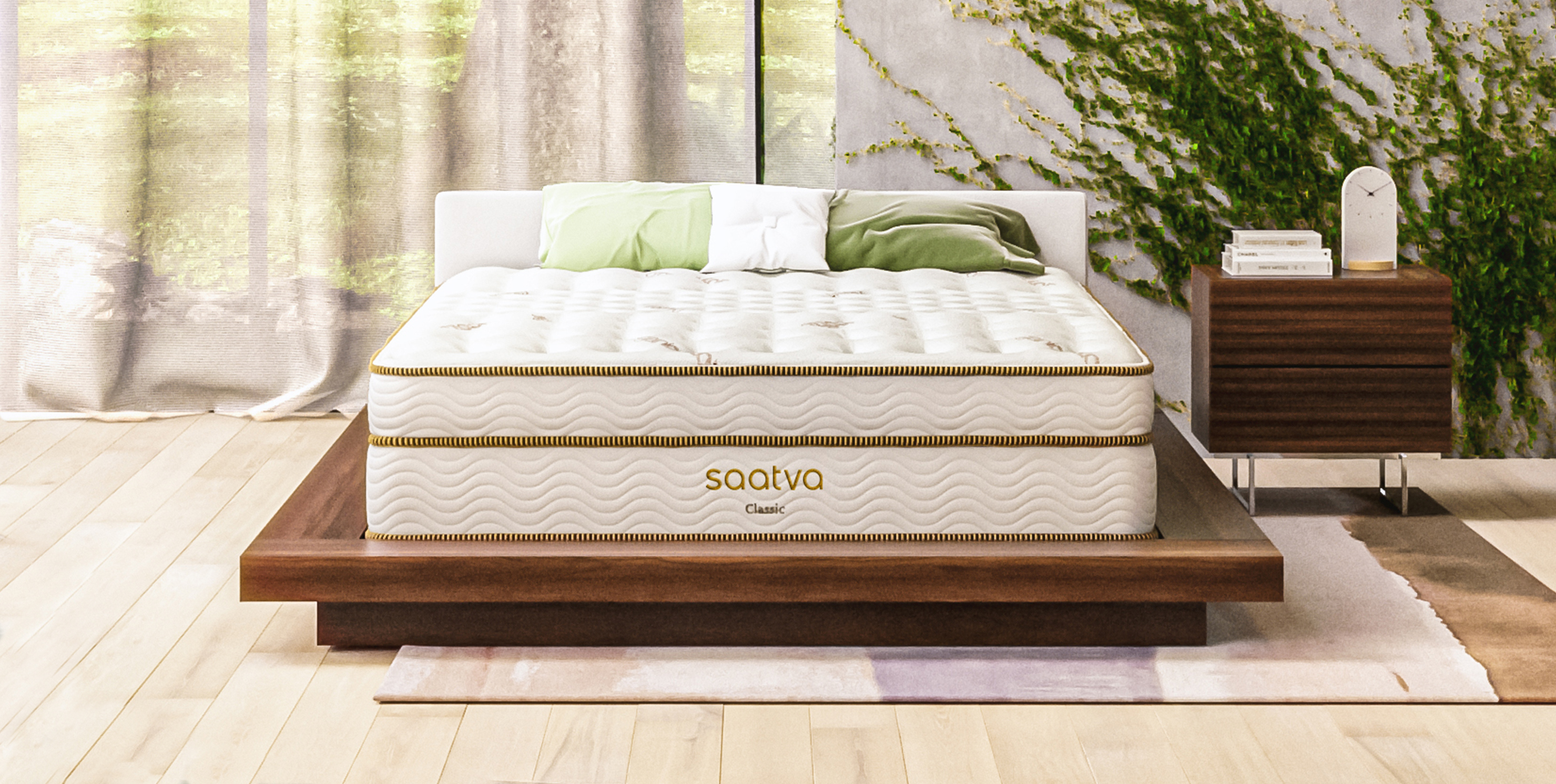
The best hybrid mattresses are made from a mix of memory foam and either coils or springs. So they don’t need to be placed on a box spring as they already contain coils, and are breathable and stable.
In some cases the stability of a hybrid mattress can actually be reduced by placing it on a box spring. We always recommend checking the manufacturer’s guidance on the best base or foundation to use with your hybrid (see below) and skipping the box spring altogether.
Just make sure that the base you choose can support the weight of the mattress (hybrids are heavy), plus the weight of the person/s sleeping on top of the mattress.
What is the best base for a hybrid mattress?
We recommend placing your hybrid mattress on a solid, supportive base or foundation. This can include a slatted bed base to boost airflow to a greater degree if you’re prone to overheating in bed (also see our cooling mattress guide).
Some people place their hybrid mattress directly on the floor and forgo any type of bed base, but we caution against that unless you regularly lift up your mattress to ensure it gets good airflow underneath to prevent mildew and mold. Also, you run a big risk of voiding your mattress warranty by placing your hybrid bed on the floor rather than on a compatible frame.
Here are some suitable alternatives to the box spring for hybrid mattresses:
A foundation – usually made from wooden flats or composed as a solid frame. The difference between foundations and box springs is that foundations don’t contain springs, but they are covered in fabric. They are ideal for increasing the height of your bed and for making soft mattresses feel firmer.
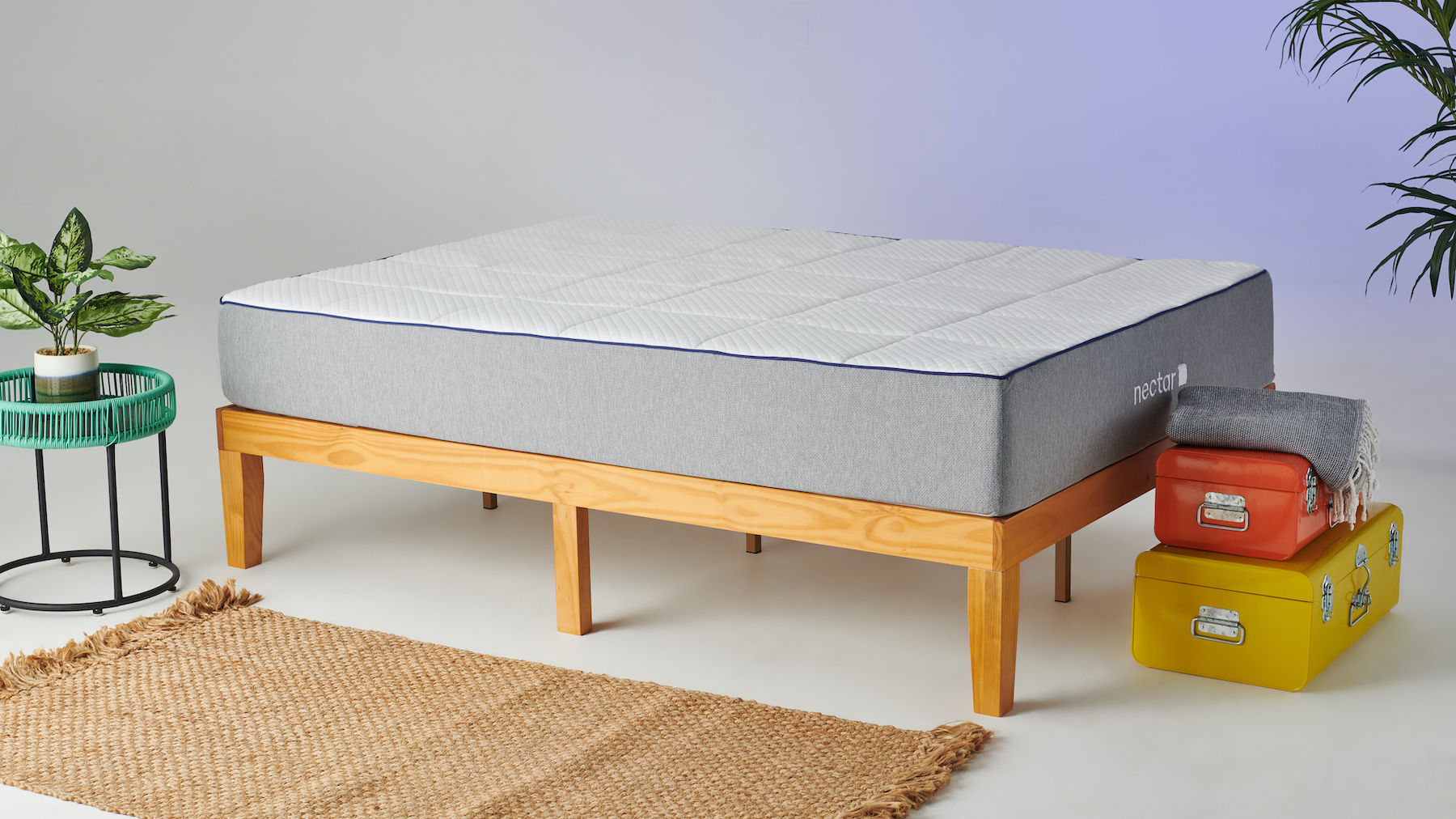
A platform bed – this is essentially a foundation with four legs, giving your bed a more traditional look and increasing the height even further. As there is clearance between the platform bed base and the floor, your mattress will sleep cooler, though not as cool as it would on a slatted bed frame.
A slatted frame – narrow-slatted frames are good for chunky hybrid and memory foam mattresses as material won’t bulge or spill down between the slimmer slats. This frame is good for airflow, but over time it is prone to noise (creaking) and bending or cracking of the slats. Slatted frames don’t tend to last as long as foundations or platform beds.
An adjustable bed – if your hybrid mattress is compatible with adjustable beds, these can be quite the powerhouse pairing. We highly recommend using an adjustable bed with your hybrid if you experience back or joint pain, as you can rest in a zero gravity position to remove all pressure from your joints when lying down.
3 best hybrid beds that don’t require box springs
Saatva Classic: from $1,295 $1,101 at Saatva
This luxury innerspring hybrid can be used on different types of base, including Saatva’s own Foundation (priced from $215). The Saatva Classic comes in three firmness levels and two heights, and scored a nearly perfect 4.5/5 in our Saatva Classic mattress review. Most months you can find a 15% off Saatva mattress sale to lower the cost, with a queen size regularly reduced to $1,695 with a year’s sleep trial, lifetime warranty and free mattress installation.
The DreamCloud: from $839 $419 at DreamCloud Sleep
If you like the sound of the Saatva above but are working with a much smaller budget, buy The DreamCloud luxury hybrid instead. This 12” mattress gives you a taste of luxury hotel comfort at home, with a medium-firm feel suiting most people. In our DreamCloud mattress review we praised it highly for pressure relief and back support, with excellent motion isolation making it a good choice for couples too. In the current DreamCloud mattress sale you can buy a queen size for just $665, with a year’s free trial, lifetime warranty and free shipping.
Helix Midnight Luxe: from $1,373 $1,030 at Helix Sleep
If you want a luxury mattress for side sleepers that works with a wide range of bed bases, choose the Midnight Luxe. This is the more opulent, taller and plusher version of the best-selling Helix Midnight, and right now it’s on sale with 25% off every size plus you’ll get two free premium pillows. That’s superb value for a luxury hybrid designed especially to reduce major pressure points when sleeping on your side. You’ll get a 100-night trial, a 15-year warranty and free shipping too.
Sign up to get the BEST of Tom's Guide direct to your inbox.
Get instant access to breaking news, the hottest reviews, great deals and helpful tips.

Claire is a qualified journalist and Certified Sleep Science Coach with over 16 years’ product review experience, and who is connected to a wealth of globally renowned sleep experts including mattress designers and buyers, neuroscientists, and doctors of sleep medicine. Claire is responsible for all mattress and sleep content published on Tom’s Guide and is our expert on Saatva, DreamCloud, and Nectar mattresses. Claire is also certified to advise people on how to choose a mattress that suits their needs and budget, as well as helping them to create a nighttime routine and bedroom environment that helps them sleep better. As our Senior Sleep and Mattress Editor, Claire oversees our rigorous testing procedures for our mattress reviews, while leading our team of specialist reviewers and writers who report on all the latest sleep products.
